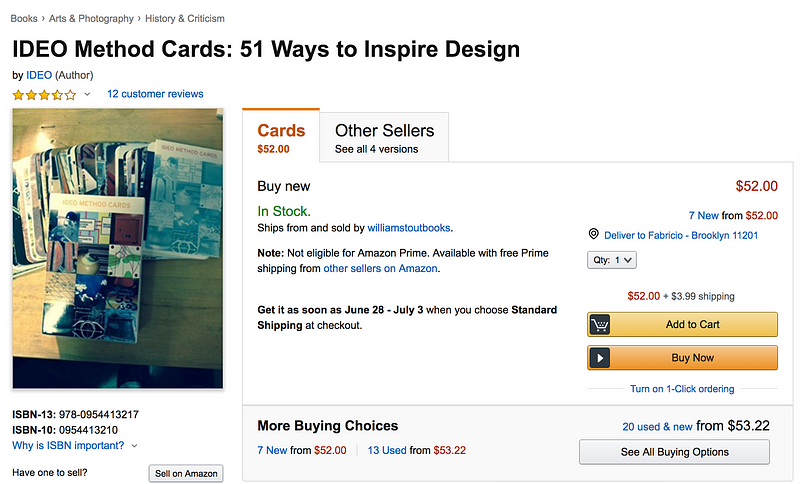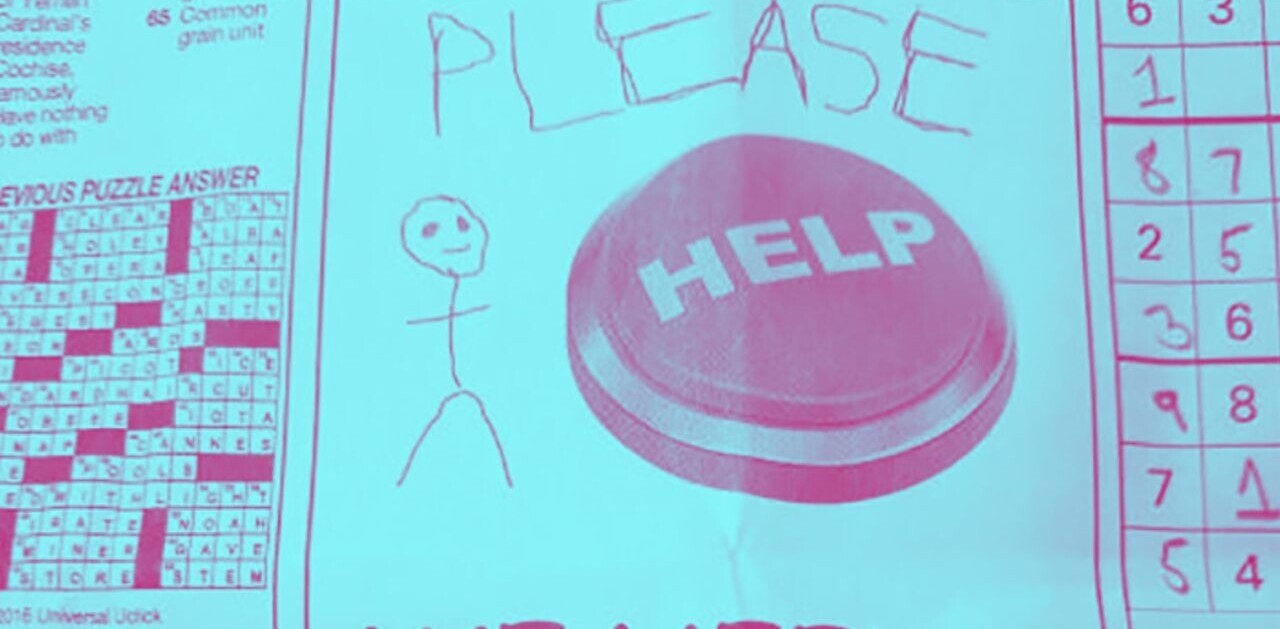
A design method is simply a set of steps you can refer to, so that you don’t have to reinvent the wheel every time you are trying to solve a similar design problem.
Design methods are great.
They help define a baseline way of doing something.
They help create a shared vocabulary across a team or an organization.
They help make design accessible to more people (hi, Design Thinking), which also means that other industries will start understanding the value design can bring to the equation.
They also help make our profession more standardized, more organized, more quantifiable, and as a consequence, look more serious than mainstream knowledge likes to think (wait, design is just art, right?).
In the last two decades, companies like IDEO, frog, IBM, Cooper have done a really good job in standardizing and popularizing certain design methods — and eventually putting them into a deck of cards.

Method cards can be great. They can help designers get un-stuck when trying to solve a certain problem. They can also be a powerful tool to evangelize non-designers on how methodical and scientific Design can be — which is particularly impactful when it comes to influencing the business people who make decisions on how much to invest in Design.
On the other hand, a lot of companies patent design methods as a way to charge higher for their services. To sell books. To position themselves as leaders or innovators in certain practices. Or just so that they can charge a lot of money to teach you, as a designer, how to use their tools.
That’s not necessarily concerning. It’s part of the business.
What is concerning is when designers cross the line and start to obsess about design methods; when they rely on design methods for everything, and start to believe there is no other way to solve design problems than the one specified in one of those method cards.
Here are a few pieces of advice to ensure you are not crossing that line…
Don’t assume every designer knows every design method
“Wait, you don’t know what a double diamond is?!”
“Wait, you’ve never run a Design Sprint?! OMG.”
That’s straight up arrogant. You think you’re sounding smart, because you’re showing how much you’re “in the know” of all these different methodologies, but you’re actually missing the mark on a fundamental principle of being a designer: putting yourself in other people’s shoes, being empathetic, and creating accessibility in everything you do.
Don’t assume a method will work for all contexts
“When I worked at Company X, we use to do these sessions where would get in a room and _____. It’s infallible.”
It’s not because certain method worked once that it will work every time. Every design brief is different.
The efficiency of a design method depends on aspects that are not always in your control: the brief, the team configuration, the industry, the audience you’re designing for, the tools and assets you have at your disposal, the physical space around you, the mood of the team that day — it’s a long list. Make sure you try to anticipate as many of these as possible before picking a method to use.
And don’t forget: methods are only a baseline way of doing things. As a designer, you should know how to adapt them to better fit your context and needs.
Don’t assume anyone following a method card can be a designer
It’s like saying anyone following a cake recipe is automatically a chef. Experience matters. Becoming a competent designer is an arduous process, and requires a lot of trials, successes, and failures. It’s even more arduous to become a great designer. Experience trumps method every single time.
Don’t get addicted to being told what to do
While method cards can set a great starting point in certain contexts, the behavior of always having a step-by-step tutorial next to you when designing can become addictive.
I’ve worked with designers who were so obsessed about following the specific set of steps outlined in a method card, or about filling out a certain persona template that they downloaded online — that they would forget to think about why they were using that method in the first place.
That extreme focus on the output rather than the outcome can be extremely dangerous to Design as a profession — and form a whole generation of designers that have to always be told what to do next.
Get the TNW newsletter
Get the most important tech news in your inbox each week.




